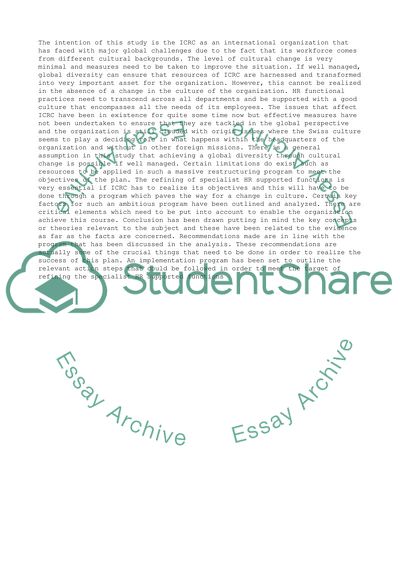Cite this document
(“Case about the International Committee of the Red Cross (ICRG) Assignment”, n.d.)
Retrieved de https://studentshare.org/management/1391767-case-about-the-international-committee-of-the-red
Retrieved de https://studentshare.org/management/1391767-case-about-the-international-committee-of-the-red
(Case about the International Committee of the Red Cross (ICRG) Assignment)
https://studentshare.org/management/1391767-case-about-the-international-committee-of-the-red.
https://studentshare.org/management/1391767-case-about-the-international-committee-of-the-red.
“Case about the International Committee of the Red Cross (ICRG) Assignment”, n.d. https://studentshare.org/management/1391767-case-about-the-international-committee-of-the-red.


